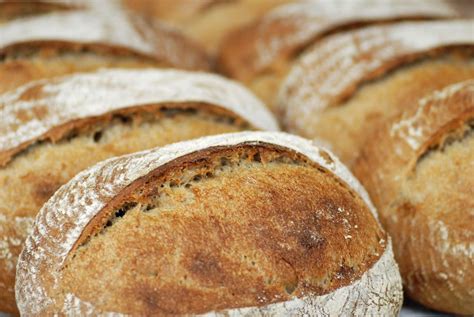
What's all this about SOURDOUGH Bread ?
Share
Sourdough bread is a type of bread that is made through a natural fermentation process, using wild yeast and lactic acid bacteria that are present in the environment. Unlike most breads, which use commercial yeast to rise, sourdough relies on a "starter," a mixture of flour and water that has been fermented with these naturally occurring microorganisms.
Key steps in making sourdough bread:
-
Creating the Starter:
- Combine flour and water in a jar, allowing wild yeast and bacteria to grow. Over time, the mixture ferments, creating a sour, tangy flavor and the leavening power needed for the bread to rise.
- This process usually takes about 5–7 days to develop a strong starter, with regular feedings of flour and water.
-
Mixing the Dough:
- Once the starter is ready, it’s combined with more flour, water, and salt to form the dough. The dough is then kneaded and allowed to rise.
-
Fermentation and Proofing:
- Sourdough bread undergoes a slow rise, often taking hours or even overnight, which helps develop its distinctive flavor. This fermentation time is crucial for the tangy flavor that defines sourdough.
-
Shaping and Baking:
- After the dough has proofed (risen), it’s shaped and allowed to rise once more before baking. Sourdough is typically baked in a preheated oven, sometimes with steam to create a crispy crust.
Characteristics of Sourdough Bread:
- Tangy Flavor: The lactic acid bacteria in the starter produce lactic acid, giving sourdough its signature tart taste.
- Chewy Texture: The slow fermentation process results in a chewy crumb with an open structure and larger holes.
- Crispy Crust: The longer baking time and steam help develop a crunchy, golden-brown crust.
Join Emmanuel Hadjiandreou here on our one or two day Sourdough classes to learn more!
